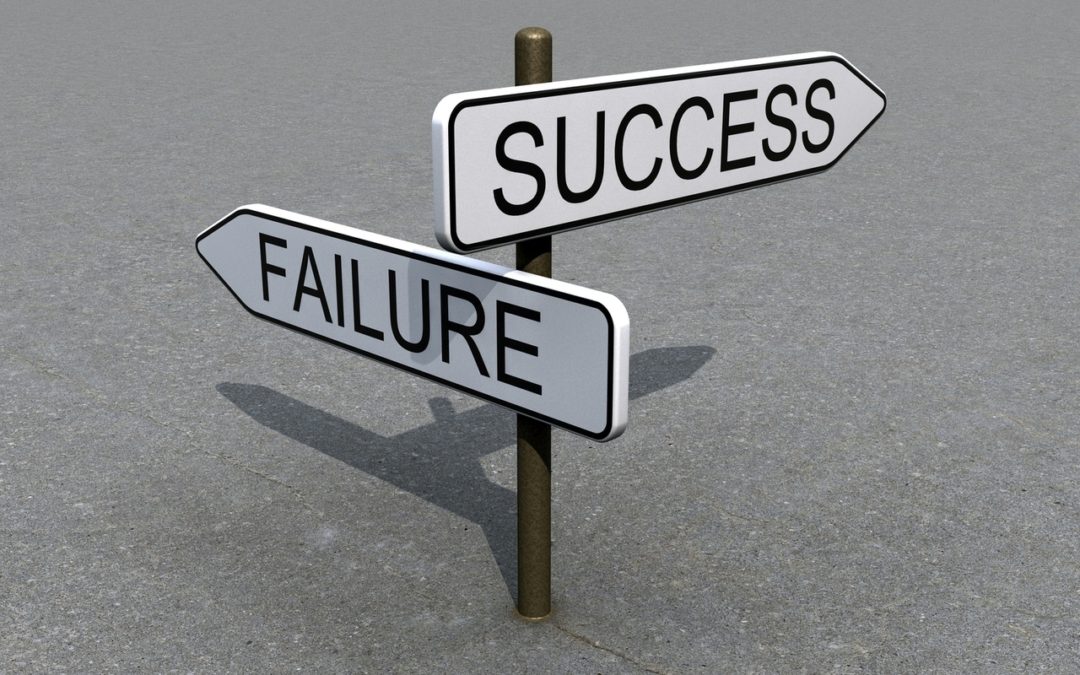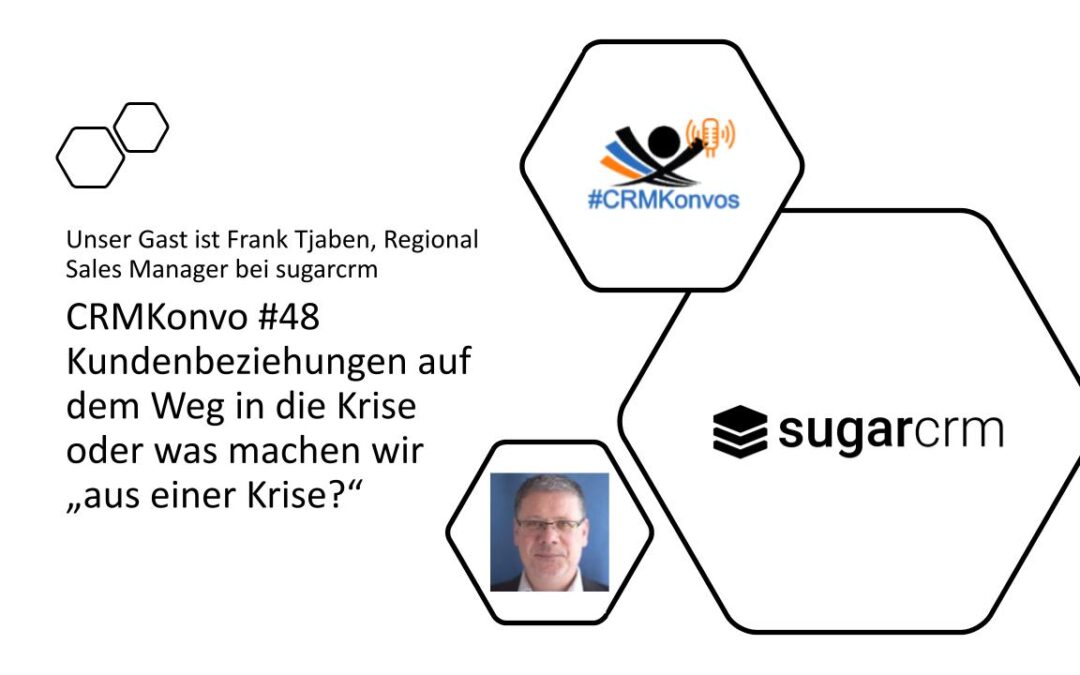
by twieberneit | Sep 1, 2021 | Blog, Sponsored |
Schools, universities and other educational institutions have one challenge in common. They need to constantly communicate with their students and often the parents as well. Obviously, the students and their parents are different generations; and guess what, that means they have different communication styles, prefer different communications channels and are on different timeframes. They also have different information needs. What they have in common is that they do have a smartphone and do not necessarily want to see yet another app on their phones’ home screens, or anywhere at all on their phones. They want and need timely information and an easy and simple way to supply information or, in the case of the students, work results. It is a valid assumption that the members of both stakeholder groups also have and use services like text and one or more messengers. Naturally, they all have email addresses. An increasing number of people also use unified communications software like MS Teams or Slack. And, let us not forget about the personnel on the other side, the teachers, assistants, or members of the school boards. Outbound use cases include attracting new students, ongoing information on offers and events to parents and students alike, requests for information, work assignments to students, notifications about upcoming deadlines for pending work, and many more. On the inbound side we have requests for information, submission of information and work results, again amongst many other use cases. And then, there is collaboration; virtual “classroom” education, townhall meetings, briefings, etc. Given all this, how can an educational institution effectively and efficiently communicate with its two main external stakeholder...

by twieberneit | Jul 10, 2021 | Blog, CRMKonvos, Sponsored |
On June 15, 2021, the CRMKonvos crew had the chance to chat with Andreas Schuster, Customer Success Director for SugarCRM in Europe, about the company’s evolving vision and goals. He did not disappoint. Schuster has filled a variety of roles over the years, both in the software industry and outside of it, and has developed an appreciation of what well-administered CRM can do for a business and its customers. “I have been able to get to know CRM in the industry and in sales, and I keep getting to know it again and again,” Schuster said. “I never get bored watching companies actually supporting their sales management with software, but also just the way they work together with the customer and with the customer. And it is always exciting.” One important thing that Schuster believes, though, is that CRM is more than technology; it is behavior and culture which technology can enable to be better. “CRM is not so much a technical tool; it really is an approach,” Schuster said. “It’s a strategic sales approach, and there’s a lot that goes into it now, but it’s still the same.” The technology is an important starting point though, especially with larger and more complex businesses. Schuster added: “I keep coming back to this: the software that’s used has to work great, it has to be intuitive, it has to look good. But taking this CRM approach is first of all a strategic thing in a company. You have to want it. You have to prepare for it. And you also have to set an example for your company from the...

by Marshall Lager | Jun 1, 2021 | Blog, Sponsored |
The enterprise software world is one where few, if any, companies can stand alone. Cloud computing has greatly increased the availability and usability of business applications. However, no vendor can claim to supply a complete homegrown solution. The SaaS world is one of partnerships. Partnerships are best when all the partners are trustworthy.Business software customers still need to pick a brand and stick with it for a while. That brand—the platform—represents a serious investment of time and trust. Sure, you own your data, and changing platforms is supposed to be easy. But ask anybody who’s done it whether they would want to do so again next year.Platform customers have to weigh more than just the price and features of each platform provider. They must also consider what the future holds for that platform and its partners. None of the big platforms are likely to disappear or merge anytime soon, but their fates and fortunes are not constant. They also have histories and reputations. Increasingly, they have prominent social and/or political stances as well. Those issues matter enough to some business owners and investors to affect their decisions. There are also simpler matters, like whether the customer likes the feel of the software environment, or has concerns about possible changes. Can I Trust You? In the end, these decisions boil down to variations on a single question: “Can I trust you with my business?” Contracts and commercial laws deal with businesses that act in bad faith; this is more about responsibility, reliability, and safety. Examples: Will you continue to support the applications I use?Is my data secure?Do you have good...

by twieberneit | Jun 1, 2021 | Blog, Sponsored |
Lately, we have talked a lot about ecosystems, in particular business ecosystems. Normally, business ecosystems follow a hub and spoke model rather than a network approach; one major player sets it up, and then adds customers and partners like independent software vendors, systems integrators, analysts, consultants, suppliers, or other similar entities. Good examples of successful ecosystems are the ones around the big four enterprise software vendors: Microsoft, Oracle, Salesforce and SAP. Sure, there are other ones, but these are easy reference examples. In theory, ecosystems shall provide more value to customers, better serving their needs by making it easier for them to get access to information, knowledge, skills and productized enhancements to the core solution that they chose to implement. They also get a broader choice of possible enhancements, provided by different vendors in the ecosystem. Of course, this also benefits the other participating stakeholders. Customers are, of course, an important group of every ecosystem. Treating them as partners helps the platform company to create a transparent prioritization process for delivering requested new functionalities that extend the own solution in an optimal way. Not all customers provide the necessary input, though. For the platform provider, the ecosystem creates stickiness. Still, this company cannot develop and provide all the functionality that is ever needed by its customers. Nor can it provide sufficient implementation services. And it does not want to, either. So, it needs ISVs and SIs as members of its ecosystem to provide this functionality, either as products, or as consulting solutions. What these companies deliver on top of the core solution also increases the attractiveness of the ecosystem. ...

by twieberneit | May 28, 2021 | Blog, CRMKonvos, Sponsored |
A short while ago the CRMKonvos team had the opportunity to invite Frank Tjaben of SugarCRM into our living rooms or home offices for a lively discussion about whether businesses are facing a crisis of customer relationship management and if so, why. To use some slightly clichéd terminology, Frank has been both a hunter and a farmer throughout his career, putting him in a unique place to talk about exactly this topic. He has seen it from both sides—as a user and seller of CRM software. He started his career as a call center agent, and then held various sales and sales management positions, including customer advisory roles for both enterprise organisations and SMBs. He says that a sales person’s main objective is to get into an as good as possible dialogue with the customer, regardless of one’s actual role. At the end of the day it is about solving a customer’s problem. He firmly believes that those who understand the customer best are the ones who close the deal. This is where the value of CRM systems begins. These systems are good for managing to-dos and activities, which is important in sales. It is important to be reliable. “It might sound conservative, but then sales is a conservative craft,” Frank says. “If you make an appointment for next week, then this is what is meant, an appointment.” He maintains that this, although important, is only a part of it. It only looks at the basics. The business evolves. Therefore, customers need to also know that the vendor’s product vision matches their future needs. The big question is: What...

by twieberneit | May 18, 2021 | Blog, CRMKonvos, Sponsored |
Customer relationships are on the cusp of a crisis, are they? And if this observation is correct, what can we do to avoid the crisis, or even get out of it in case we happen to have taken the step over the precipice? In this CRMKonvo – sponsored by SugarCRM – amongst other things, we talk about the results of the 2021 CRM and sales impact report. Core questions are what has a positive, or negative, impact on sales performance or customer loyalty. The report covers insight gained by 1,000 sales pros. We are discussing with Frank Tjaben, who moved on to sales after having gained considerable experience in various different roles in call centers and other types of organizations. Frank now uses his experience on the other side of the force and has a lot of interesting stories to tell about how a CRM helps or does not help, depending on its implementation. This CRMKonvo is in German language (the report is available in German and English language and definitely worthwhile having a look at)....







